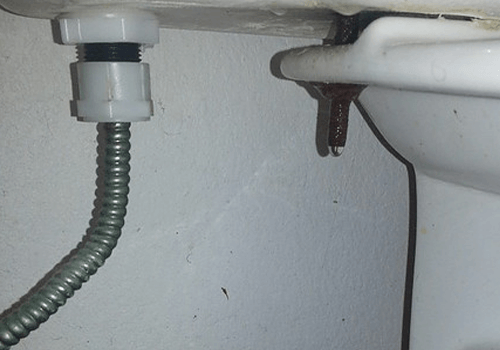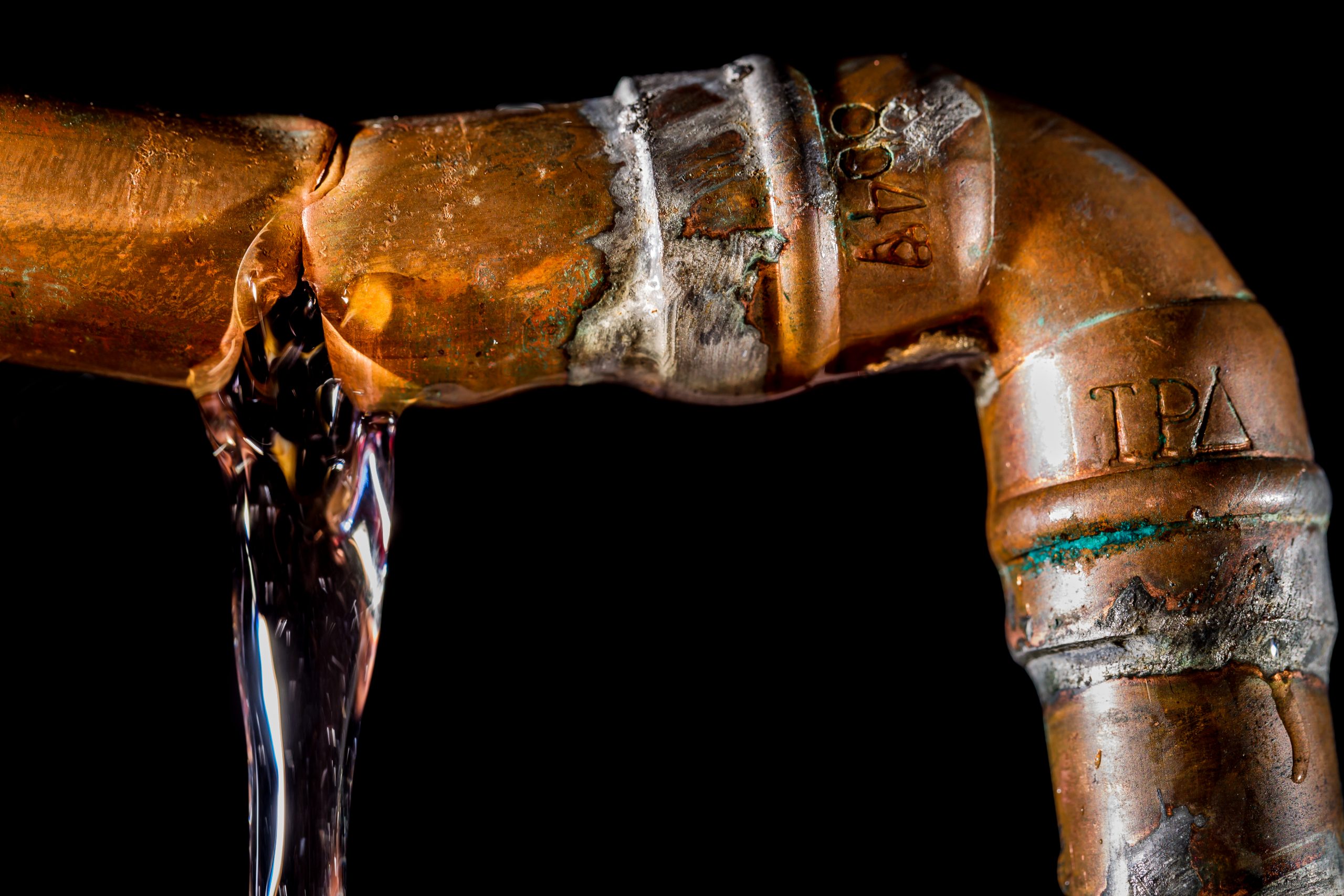My Highly-Rated Winterizing Techniques: 5 Ways to Guard Pipe Bursts
My Highly-Rated Winterizing Techniques: 5 Ways to Guard Pipe Bursts
Blog Article
Everyone may have their personal idea when it comes to Winterizing Your Pipes.

All property owners who stay in temperate environments need to do their finest to winterize their pipes. It is something you need to do throughout fall prior to deep wintertime genuinely starts. Failing to do so can mean disaster like icy, split, or ruptured pipes. If the climate exterior is shocking, here are some convenient winterizing hacks to maintain your plumbing system safeguarded also.
Attempt a Hair Clothes Dryer or Warmth Gun
When your pipes are practically freezing, your dependable hair clothes dryer or warmth weapon is a blessing. If the warm towels do not aid dislodge any working out ice in your pipelines, bowling warm air directly right into them may aid. You might finish up destructive your pipelines while trying to melt the ice.
Open Cabinet Doors Hiding Plumbing
When it's chilly outside, it would be useful to open closet doors that are camouflaging your pipes. As an example, they could be someplace in your kitchen area or restroom. This will permit the cozy air from your heating system to flow there. Therefore, you prevent these revealed pipes from freezing. Doing this tiny technique can keep your pipes cozy and also restrict the possibly dangerous outcomes of freezing temperature levels.
Take Some Time to Cover Exposed Water Lines
One nifty and also very easy hack to heat up frigid pipelines is to wrap them with warm towels. You can cover them initially with towels. After securing them in place, you can pour boiling water on the towels. Do it slowly to let the towels absorb the liquid. You can also utilize pre-soaked towels in hot water, just don't forget to use protective gloves to secure your hands from the warmth.
Turn On the Faucets
When the temperature level declines as well as it appears as if the cold temperature will last, it will help to transform on your water both inside your home as well as outdoors. This will certainly maintain the water moving via your plumbing systems. You'll finish up wasting gallons of water this way.
When Pipelines are Frozen, shut Off Water
If you observe that your pipelines are entirely icy or almost nearing that stage, turn off the main water shutoff quickly. You will usually locate this in your cellar or laundry room near the heating unit or the front wall surface closest to the street. Turn it off right away to stop additional damage.
With more water, even more ice will certainly load up, which will ultimately lead to burst pipes. If you are unsure concerning the state of your pipes this winter months, it is best to call a professional plumber for an inspection.
All property owners who live in pleasant climates must do their finest to winterize their pipes. Failing to do so can spell calamity like frozen, broken, or ruptured pipes. If the warm towels do not assist displace any settling ice in your pipes, bowling hot air directly into them might help. Transform off the main water shutoff promptly if you notice that your pipelines are completely icy or almost nearing that phase. With even more water, even more ice will certainly stack up, which will ultimately lead to rupture pipelines.
PREVENT YOUR PIPES FROM FREEZING THIS WINTER
A Leading Cause of Property Damage
When the weather is taking a deep nose dive into the cold dreary days, the risk of your pipes freezing and potentially bursting skyrockets. Unfortunately, during these cold dreary months, burst pipes are the most common denominator for property damage. The pipes that are most at the risk are those that are in areas where it is most cold in your home. For instance, pipes located in interior places such as basements, attics, and your garage. Unfortunately, that doesn’t mean that the pipes running through your cabinets or exterior walls can’t freeze. Good news, however, is that you can do things to help prevent pipes from freezing.
How to Prevent Pipes From Freezing
Once the temperature starts to drop during the winter, you should be taking the proper measures needed to ensure that your pipes stay warm and that there is circulation of water through them. Some steps that experts may recommend could go against your better judgement when it comes to saving water and heat. However, it would go without saying that when expenses are compared, damaged pipes could put a bigger dent in your wallet than a water bill.
What Can I Do?
Keep your garage door closed. This is very important, especially if you have water supply lines running through your garage. Open your kitchen and bathroom cabinets to allow warm air to circulate through them. Allow air circulation throughout your home. Keeping the interior doors open will once again allow the warm air to circulate inside your home. Ensure your thermostat is running the same temperature throughout the night and day. If you plan to be away from home during the cold months, set your temperature no lower than 55° F. This should provide enough heat to keep the pipes warm and prevent any remaining water inside the pipes from freezing. For more of a long-term solution, add insulation to attics, basement, and other crawl spaces around your home. By allowing your faucet to drip, it will alleviate pressure in the system. This is important because the pressure that is created between the blockage and the faucet can potentially cause the pipes to burst. Allowing the faucet to drip will prevent the pressure from building up, therefore keeping the pipes from bursting. Seal any cracks, openings, and crawl spaces around your home to prevent cold air from coming inside. This keeps your pipes-not to mention your home-warmer and less susceptible to issues caused by freezing temperatures. For the pipes in your home that are easily accessible, applying electrical tape to them might prevent them from freezing over. This is a quick fix, as you can apply the tape directly to the pipe. There are two options for heating tapes. One turns on and off by itself when it senses heat is needed. The other type of heating tape needs to be applied when heat is needed and removed when not necessary. If you have exposed pipes in your home, you can check this website to take a look at a few options that would be available at a shop near you.

As a reader on How to stop pipes from freezing during the winter, I was thinking sharing that piece of content was a great idea. If you please set aside a second to distribute this post if you liked it. Thank-you for going through it.
Emergency? We're here! Report this page